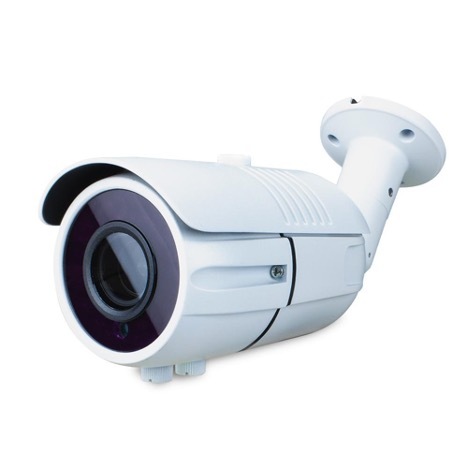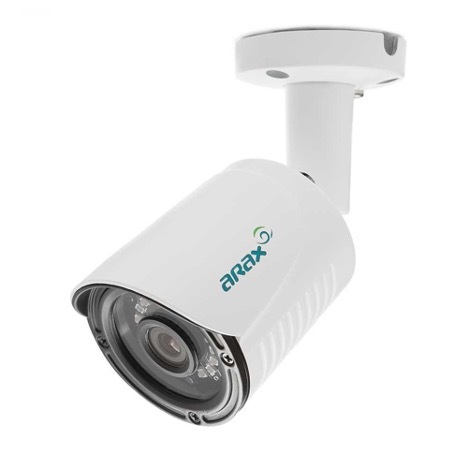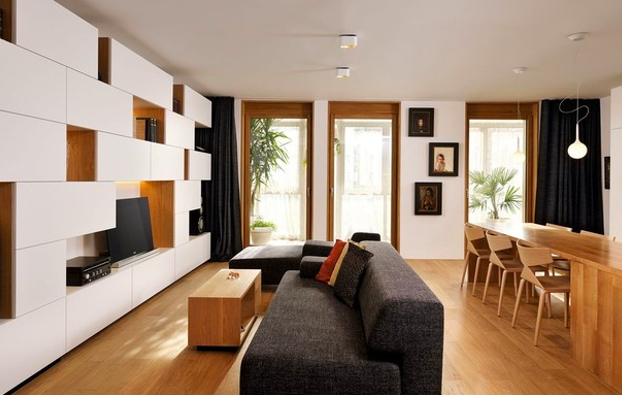Indoor video surveillance cameras provide a clear image in real time. Some devices are so compact that they can be used for covert shooting, others are equipped with a microphone or IR lights for night vision. The main types of devices, classification according to various criteria are described in detail in this article.
The content of the article
-
Types of cameras by signal processing method
- Analog
- Digital
- Types of cameras by design features
Types of cameras by signal processing method
An internal surveillance camera may have a different device, and one of the main ones is the method of signal processing and transmission. According to this parameter, all devices are divided into analog and digital.
Analog
Historically, these devices appeared first. They convert the light energy entering the lens optics into an electrical signal using a photosensitive matrix. Although digital cameras are common today, there are also analog cameras on the market.

And today they are releasing improved models with an analog high-definition signal (AHD). Its advantages include:
- the ability to transmit high-resolution images up to 1080p;
- the signal is transmitted over a distance of up to 500 m without installation on additional equipment;
- unlike digital cameras, the video does not freeze, the broadcast is “smooth”;
- sounds and video are transmitted over a single cable, which minimizes interference;
- installation is quite simple;
- even the oldest analog systems can be upgraded to the level of modern models.
However, analogue models also have disadvantages:
- there is no possibility to store a large amount of video;
- interference from external electromagnetic fields (for example, from an antenna) is possible;
- there is no wide functionality that is characteristic of digital devices.
Digital
These types of indoor surveillance cameras are the most common. They work on a different principle, converting the incoming signal into a binary code. Due to this, the use of such devices provides several advantages:
- high resolution video up to 4K;
- you can scale, process images in any way;
- wide functionality;
- can be freely configured, even remotely.

If we talk about the shortcomings of digital cameras, then the main disadvantage is the delay in broadcasting video. In addition, they cost significantly higher than analog ones.
Types of cameras by design features
When choosing cameras, you need to pay attention to the design features. Their visibility and ease of use, as well as the ability to install in a specific place, depend on this. According to this criterion, several types of models are distinguished:
- Dome - mounted directly on the surface of the ceiling or wall. The case has the shape of a transparent hemisphere, reminiscent of a dome. Thanks to this, the lenses get the maximum angle of view.
- Internal surveillance cameras are used both indoors and outdoors. They are mainly used to track a small area and obtain the clearest possible image. Some models have a zoom (zoom) function.
- Rotary structures track an object in motion, turning after its route. They are usually used to control large areas.
- Compact devices - with their help it is convenient to carry out internal video surveillance.

When buying cameras, you should take into account the features of the room where they will work. For example, for night vision it is necessary to consider devices with IR illumination, and for sound recording in a store, models equipped with a microphone. It is also worth paying attention to the reviews. This will allow you to choose the best model in terms of price and quality.


